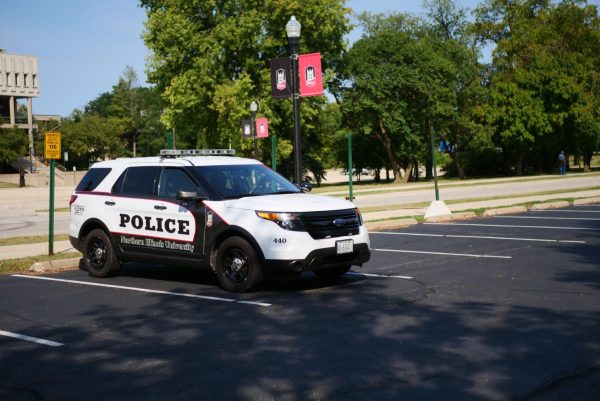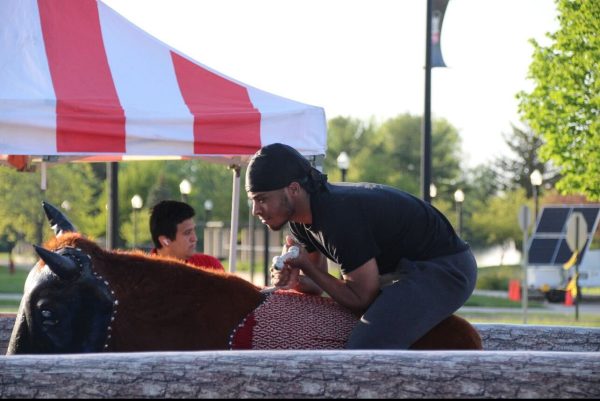Lights out
November 7, 2003
The moon will hide in Earth’s shadow Saturday night during a total lunar eclipse.
During the eclipse, Earth’s shadow will fall on the face of the moon, darkening it significantly.
The moon will be illuminated by light scattered by Earth’s atmosphere, associate physics professor Ralph Benbow said.
Since the moon’s orbit is angled about five degrees to Earth’s, twice a year the moon will pass through Earth’s shadow, Benbow said.
The Davis Hall Observatory will be open to the public for viewing the eclipse and later for other observation, observatory director Andrew Morrison said.
The scattered light striking the moon could result in some reddish hues, Morrison said. Particulate matter in the air from volcanic ash and possibly from wildfires in California could filter out blue light and create the red colors, Morrison said.
“It can also happen when the moon is low – which it will be,” Morrison said. “The effect would probably be small. That you can see the shadow of the Earth is the most dramatic thing,” Morrison said.
No special equipment is needed to view the eclipse, and it’s perfectly safe to look at – unlike a solar eclipse, Morrison said.
The moon will rise shortly after 5 p.m. and partial eclipse will begin about 5:30 p.m.
Shortly after 7 p.m., the moon will be covered completely in shadow for 24 minutes.
With clear skies, the eclipse will be visible for about three hours. The observatory will be open from 5 to 8 p.m.
“We’re just hoping for clear skies,” Morrison said. The National Weather Service is calling for partly cloudy skies.
Observatory staff will have several binoculars and portable telescopes outside the east entrance to Davis Hall to accommodate everyone, Morrison said.
With the total eclipse lasting just 24 minutes, the extra equipment will give everyone a peek, Morrison said.
The eclipse will be visible across North and South America, Europe, Africa and central Asia, according to NASA.












